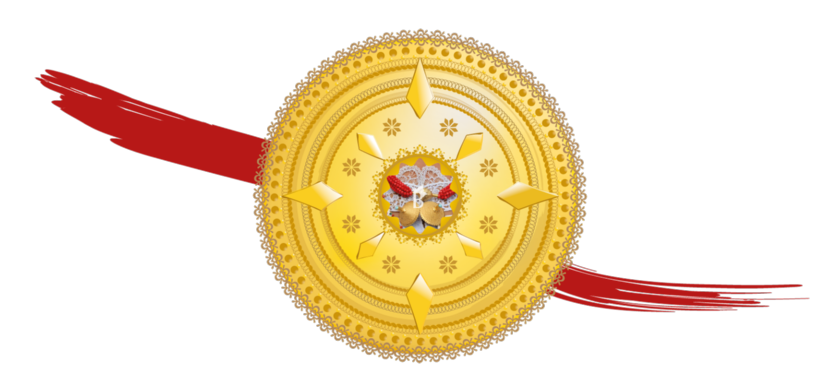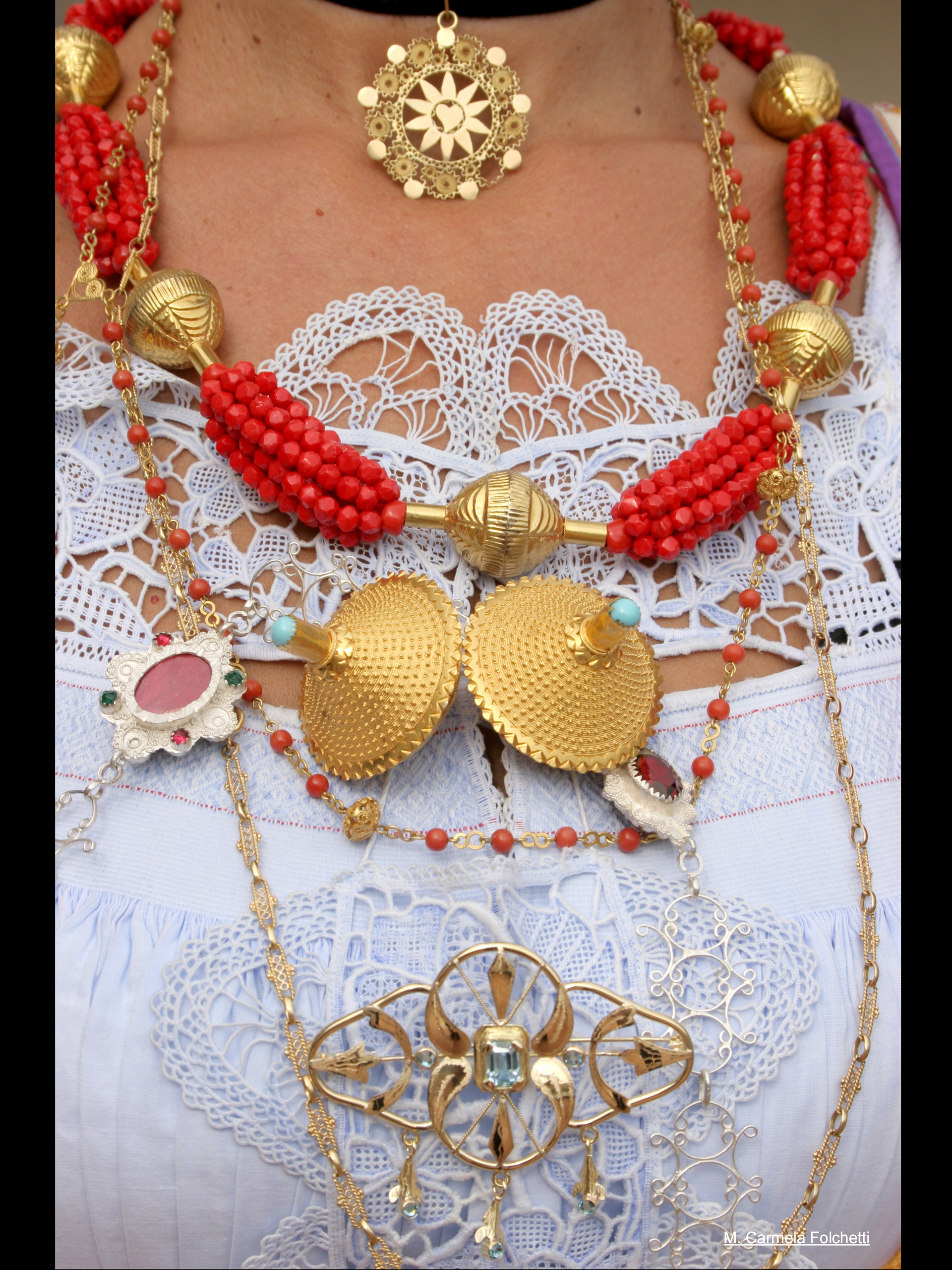In the territory of Oliena survive archaic traditions many of which evoke the uses of the prehistoric civilization of the Sardinian pelliti, so called by the Romans for the use of the typical wear: a sheep skin. According to some legends a part of the Trojans, who fled after the fall of Troy, landed in Sardinia, where they founded Iliena by the name of the ancient homeland Ilio. The whole area is littered with archaeological finds: probably the people who dwelt here came to the valleys from the Cedrino River, the ancient passage way to the internal areas of the Island.
In the valley of Lanaitto is located the Corbeddu cave, a very important site for the knowledge of the history of Sardinia: inside were in fact found the first evidences of human life on the Island, dating back to the Upper Palaeolithic age. The Late Neolithic period is documented by the presence of domus de janas and menhir while the nuraghic are attested by the numerous sites including the charming area of Sa sedda de sos carros with the sacred source and the adjoining village.
In the Middle Ages appear the first statements written by the name of the Olian center, located between the Giudicato of Gallura, to which it belonged, and that of Cagliari. In the village today is still the toponym of Casteddu where a castle was erected to defend the border with the other districts, which has now disappeared, and lost its function after 1258 with the annexation of Gallura to curatorial areas of the Giudicato of Cagliari. The influence of the powerful maritime city of Pisa became a real domination after the marriage between Lamberto Visconti and Elena de Lacon that united the pisana lineage with that of the judges gallura until the conquest of the Aragonesi.
During the XIV century, like the other centers of the Island, the village was struck by the great war between the king of Aragon and Genoa before, and between the Sardinian king and the Iberians after. With the defeat of the last heir of the judges was granted to the fief of the Carroz followed by a submission to the fathers' houses and the Spanish, in the Nineteenth Century, the officers of baronial house of Savoy.
Starting from the XVI century, the arrival of the religious orders harbor major transformations in the economy of the village. Dating back to that time is the construction of the church of San Francesco da Paola together with the monastery that housed the Observant Friars who planted a large vineyard in the localityof Irilai. In the second half of the 17th century, thanks to the donation of two olianesi, the Jesuit college and the parish church dedicated to Saint Ignazio of Loyola were erected. The members of the Society of Jesus were distinguished for the diffusion of education in the district and for the contribution to the growth of the center with the construction of an important irrigation system and the crucial contribution to the cultivation of mulberry trees and vineyards. Their work was interrupted due to the suppression of the order in 1773.
The village has been developed around the course of the Golathi River and was divided into Sa Banditta to the West and Sa Banda Manna to the East. The first, between the end of the XVII and XVIII century, was added the district of Sa Tiria, spaced from other houses, some inhabitants of the late medieval village of Locoe settled there(today in the territory of the municipality of Orgosolo).
The use of community fields provided by the law judges, continued for several years despite the enactment of the edict of the chiudendes of 1820 which caused numerous revolts. With liberation from feudal bond in 1840, the population was able to enjoy a certain amount of prosperity. In the early 20th century the village became famous for the production of the Cannonau wine Nepente very appreciated by D’Annunzio and throughout the century it became of interest for tourists fascinated by the treasures of its territory and excellence of its products.
A giant limestone covered with forest and evergreen scrub preserves the town of Oliena. With its height of 1463 meters the Monte Corrasi is the highest peak in the whole of the Supramonte.
The landscape is characterized by the presence of suggestive junipers from tree trunks particularly convoluted, in some cases petrified , dense woodland oak but also spectacular yew trees, maples and delicate hawthorns.
Hundreds of botanical species of which about 60 endemic populate its territories: the gattaia of Sardinia (or nepetella sarda) and the ribes sardo are present exclusively in the calcareous rocks of olianesi plateaus. A riot of colors and fragrances is the flowering of the oleanders from May to September in codule or of cyclamen, lily, star of the narcissus and the Queen of the mountains: the peony. There are many different varieties of medicinal plants such as thyme and rosemary.
In this habitat live mouflons, wild boars, dormice, marten, foxes, weasels, wild cats and Sardinian hares , other endemic species such as the Papilion hospiton, batterfly with large yellow and black wings with blue and red spots, as well as some animals now almost completely extinct such as the griffon vulture and the bearded monk vulture.
Trekking enthusiasts can enjoy many landscapes: from karst plateaus to the chasms, from fields there are caves, passing between dolines and codule. The charming spires and pinnacles of the singular forms lead to the valleys in which descend the mountains from the eastern side.
Here you will find the Lanaitto Valley where the rio Sa Oche, one of the many that contributed to the formation of various karst phenomena that characterize the landscape. From here you have access to the caves, which are genuine mazes that connect the watercourses of the subterranean water: those connecting Sa Oche and Su Bentu , and Eliches with roots of Holm-Oaks that are often confused with the beautiful concretions, and that of Corbeddu in which were discovered the first traces of human settlement in Sardinia.
At the foot of the Supramonte, about 8 kilometers to the North-East from the town center, you can visit one of the most scenic natural monuments in Sardinia: the spectacular karst source of Su Gologone. Its waters gush on overhanging walls between a luxuriant vegetation and then come together in the Cedrino River.
The municipal territory produce cuisine very well known and appreciated among which are the superb Cannonau Nepente, made famous by the eulogy of Gabriele D’Annunzio, and the prized olive oil.
The legendary hospitality of its inhabitants has made Oliena one of the most well known and appreciated by travellers in the discovery of fascinating archaeological areas, crafts and traditional culture.
The territory is dotted with prehistoric monuments including the important Corbeddu cave where the first evidence of human life on the Island dating back to the Upper Palaeolithic Age was found. The cave extends three rooms for a length of about 130 meters. In the nineteenth century it was a refuge of the bandit Giovanni Corbeddu from which it takes its name. From the Recent Neolithic are more than 40 “domus de janas”, (burials excavated in the rock, and numerous settlements of the so-called Ozieri culture 3,200 -2,800 b.c.).
From the nuragic age are kept more than 30 nuraghi and numerous villages. It dates back to the Middle Bronze Age the nuragic village of Sa sedda de sos carros in which is preserved an extraordinarily sacred source: in limestone blocks are carved “protomi d’ariete” from which poured out water that then escaped into a circular stone bowl placed in the center of the room.
The inhabited area is crossed by the Golathi River which divides the town into two historical areas called Sa Banditta to the West and Sa Banda Manna to the East. Today it is still possible to distinguish some of the oldest districts each of which comprised the church from which often derives its name. In the district of San Francesco for example there is the church of San Francesco da Paola built in the XVI Century together with the convent that hosted the Observant Friars. The simple facade is enriched by a large bell tower with three openings.
In the narrow alleyways are found the oldest houses, built in stone, that retain beautiful inner courtyards (some in joint ownership with more dwellings which were often the drain for the water), lovely wooden balconies and the typical arches which can be accessed by external stairs supported by the characteristic arches.
To the small constructions of one or two floors contrast the imposing residences of the owners and the noble like the complex of the Tolu, that had the 1612 date and the name of the lineage in the lintel of the window. The building culminates with the loggia of sixth acute arches that is visible from the neighborhood Loggia de Canales (from which probably takes the name) and it is embellished by picturesque chimney pots.
Among the more suggestive traditions that take place in the town, is that of the S’Incontru, the encounter between the statue of the Christ and the one of Mother Mary that takes place on the Easter day in which you can admire the splendid traditional dress worn for the occasion. The ceremony takes place in the square in front of the church of Santa Maria, built in Gothic Aragonese style in the XV Century and greatly remodelled in the 900s.
The parish church dedicated to Saint Ignazio of Loyola was erected at the end of the Seventeenth Century by the Jesuits who founded a college in the second half of the same century. The facade is divided into three parts by pilasters and is enriched by an imposing double staircase.



